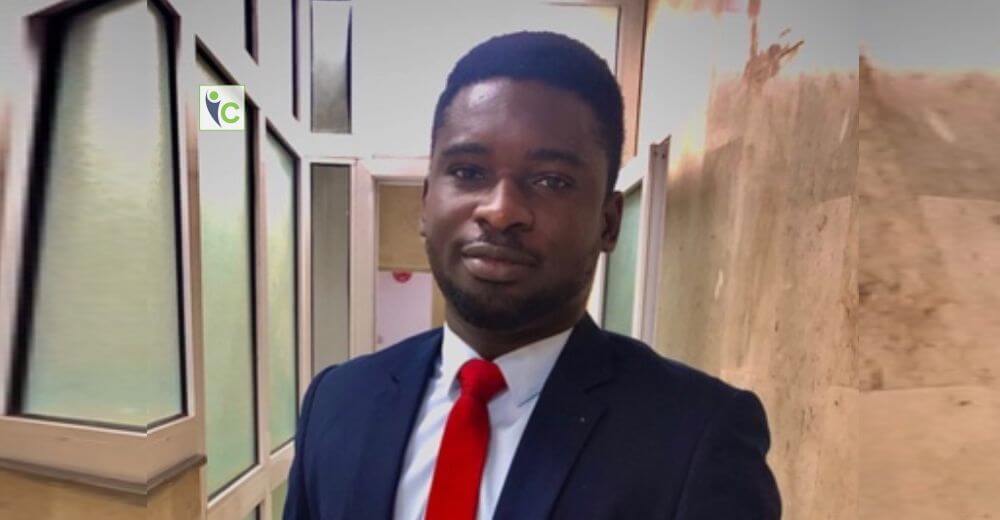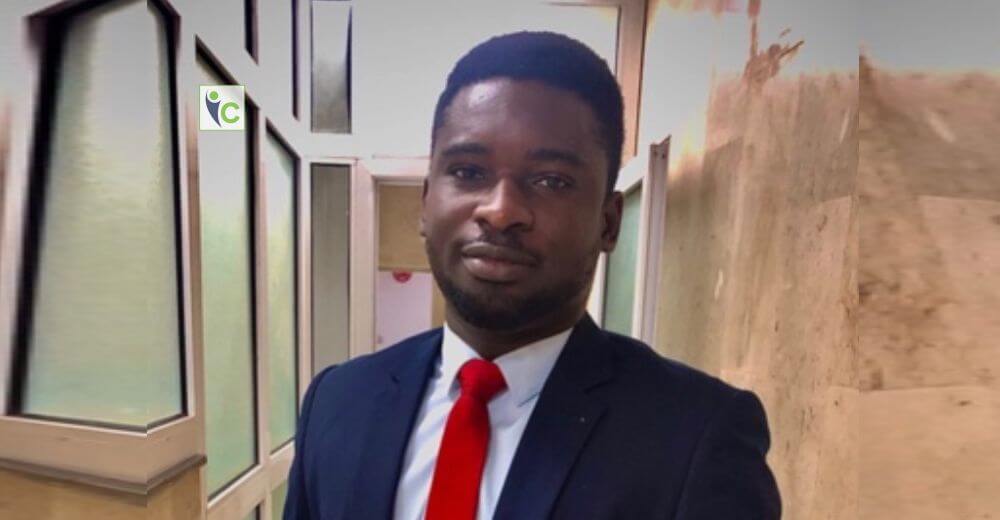By Oluwasola Samuel

In this article, we will discuss all you need to know about stroke, that is, the meaning of stroke, types of strokes, symptoms, causes, and treatments. Kindly pull a chair, a pen, and a book as you read on.
What is a Stroke?
A stroke occurs when blood arteries carrying blood to the brain become blocked or leaky, interrupting or reducing the delivery of blood to the brain. As a result, brain tissues get deprived of oxygen and nutrients. Brain cells die when there isn’t enough oxygen in the blood.
A stroke is a severe medical condition that necessitates immediate medical attention to avert brain damage and other medical consequences.
Every year, more than 795,000 people in the United States have a stroke; according to the Centers for Disease Control and Prevention (CDC) – about 610,000 out of these are first-time or new strokes.
Symptoms of Stroke
People who have a stroke often experience the following symptoms:
- Sudden dizziness and confusion
- Severe Headache
- Difficulty understanding other people.
- Paralysis on leg, arm, or face.
- Partial blindness in one eye or both
- Difficulty speaking
- Difficulty walking
Causes of Stroke
- Overweight
- Tobacco
- Medication
- High blood pressure
- Heart disease
- Diabetes
Below are more detailed explanations of these causes:
- Overweight

Obesity is a common problem that affects people all over the world. Overweight is defined as an increase in the number and size of fat cells in the body.
Many healthcare providers use the Body Mass Index (BMI) to determine whether or not someone is overweight. Body mass index (BMI) is a measurement of body fat based on height and weight. It is calculated by dividing the body mass (in kilograms) by the square of the body height (in meters) and expressed in kilograms per meter squared (kg/m2).
When you’re overweight and don’t exercise, you’re more likely to have a stroke sooner than later.
- Tobacco

Tobacco smoking is dangerous and can cause blood clots because it includes thousands of poisonous compounds such as carbon monoxide, arsenic, and cyanide that are transferred from the lungs to the bloodstream, causing cell damage and possibly resulting in a stroke.
Cigarette smoking is the single greatest preventable cause of death in today’s culture, accounting for 140,000 strokes and more than 5 million years of potential life loss in the United States annually.
- Medication

Medication is a medicine or a chemical compound used to treat or cure illness, according to the pharmaceutical dictionary. However, some medications can cause a stroke. Strokes can be caused by blood-thinning medications meant to prevent blood clots.
- High Blood Pressure
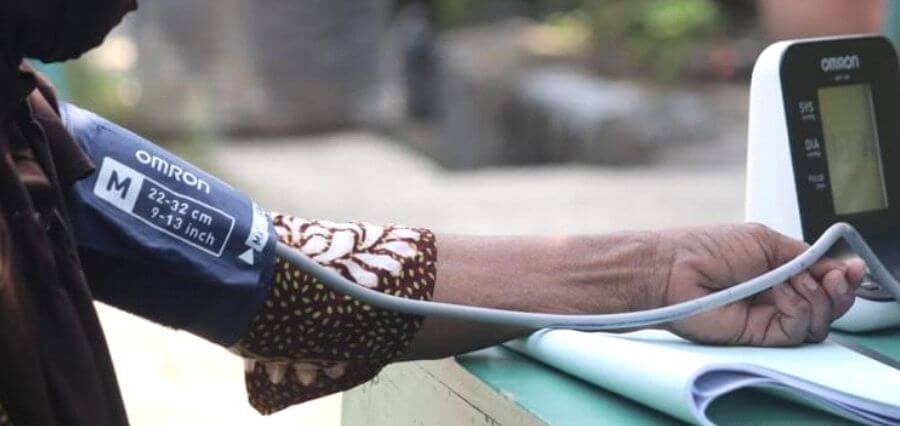
High blood pressure, or high blood pressure is a common condition that occurs when the force of blood on the artery walls is very high. If left untreated for an extended period of time, it can lead to health problems such as stroke, cardiac arrest, heart disease, and more.
Many people have been treated at the National Heart, Lung, and Blood Institute (NHLBI) for high blood pressure, a common condition that raises your risk of heart disease and stroke.
- Heart disease

Cardiovascular disease is another name for this condition. Heart infections, heart muscle disease, heart valve disease, coronary artery disease, heart failure, and many other types of heart disorders exist that can cause a stroke.
- Diabetes

Diabetes occurs when the pancreas in the body is unable to create enough insulin or when the insulin that is produced is ineffective. Insulin is in charge of blood sugar regulation. Diabetes is a leading cause of stroke, amputation of lower limbs, heart attack, and blindness.
If you encounter any of the symptoms listed above, you should consult your doctor.
Types of stroke
There are four types of stroke namely:
- Transient Ischemic Attack
- Ischemic Stroke Attack
- Hemorrhagic Stroke Attack
- Cryptogenic Stroke Attack
➢ Transient Ischemic Attack

A ministroke is another name for this. A blockage or shortage of blood supply to a region of the brain causes this form of stroke, which can last minutes or hours. This form of stroke occurs when debris blocks the flow of blood to the brain for a short period of time.
If you have a TIA, you’re more likely to have a full-blown stroke later. So, if you get TIA symptoms, please see your doctor because up to 80% of strokes after a TIA are avoidable, and early identification and treatment are critical.
Causes of Transient Ischemic Attack
- Smoking
- Hypertension
- Excess alcohol
- Obesity
- Blood clot
- High level of cholesterol
Treatment of Transient Ischemic Attack
- Surgery
Endarterectomy is a procedure in which the surgeon opens the artery and removes plaque that has built up or thickened within the arterial wall. The plaque develops and thickens the artery’s inner layer. Carotid stenting is an alternative technique that can minimize the risk of stroke in some people.
- Self-care
Quitting smoking and doing regular exercise can help prevent or treat stroke. Tobacco smoke contains nicotine, which is very addicting and makes quitting difficult.
- Medications
Stroke patients will be given aspirin, anticoagulant medications, antiplatelet drugs, blood pressure drugs, or statin drugs by their doctors.
- Supportive care
Electrocardiography is used to continuously monitor cardiac activity. This method is used to evaluate a patient’s heart rate.
➢ Ischemic Stroke Attack
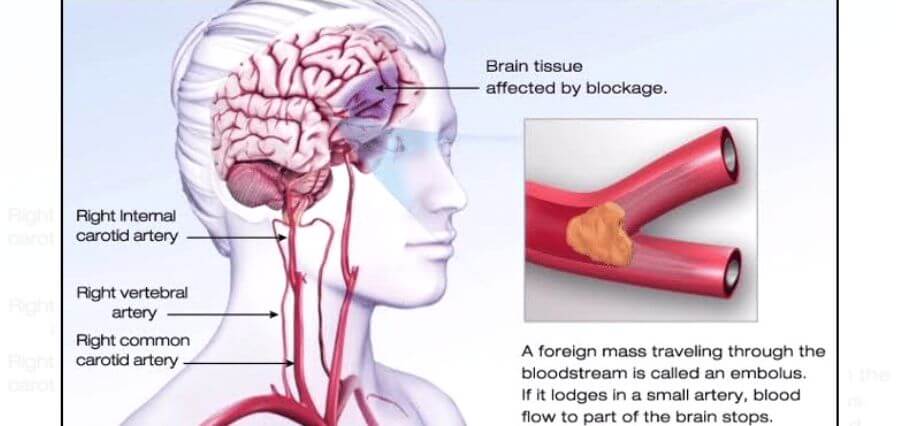
Ischemic strokes occur when blood flow to the brain is blocked by a blood clot or fatty buildup known as plaque. They account for about 87% of all strokes. When there is a lack of oxygen and nutrients, the brain might begin to die within minutes.
Types of Ischemic Stroke
- Thrombotic strokes

They’re caused by a blood clot that forms in an artery that supplies blood to your brain.
- Embolic strokes

They occur when a clot originates elsewhere in your body and travels to your brain via blood arteries. It becomes caught there and prevents your blood from flowing.
Causes of Ischemic Stroke
- Heart valve issues
- Heart attack
- Blood clotting
- Atherosclerosis
- Arterial dissection
- Atrial fibrillation
Treatment of Ischemic Stroke
- Thrombolysis
This treatment, sometimes called thrombolytic therapy, dissolves blockages in blood veins that restrict blood from reaching the brain. To dissolve or break up clots in the vessels, thrombolysis uses a medication called alteplase or recombinant tissue plasminogen activator.
- Thrombectomy
A blood extraction device known as a sheath is used to remove a blood clot from inside an artery or vein. This sheath is placed into the groin or base of your skull and guided to the clot’s location so it can be removed.
- Surgery
The tissues of the brain can expand when it is wounded, much like a bruise. If your brain is swollen a lot, there’s a chance it’ll put more pressure on other parts of your brain, causing more harm. You’ll require a procedure called a decompressive hemicraniectomy if this is the case. This procedure entails opening a portion of your skull to allow the brain to grow outwards and relieve pressure.
➢ Hemorrhagic Stroke
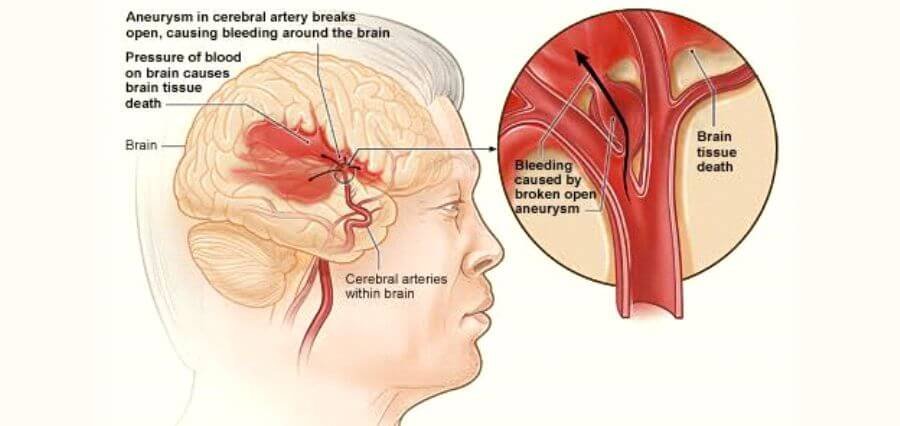
This form of stroke is caused by high blood pressure, and it occurs when a blood vessel inside the skull swells or bursts, allowing blood to seep into the interior and parts of the brain. The arteries weaken as a result of high blood pressure, causing them to bulge or burst. Intracerebral hemorrhage (ICH) and subarachnoid hemorrhage are the two kinds of hemorrhagic stroke (SAH). According to the American Stroke Association, hemorrhagic strokes account for around 13% of all stroke incidents.
Causes of Hemorrhagic Stroke
- Liver problem
- Drug abuse
- Blood vessel problems
- Head injury
- High blood pressure
- Brain tumor
Treatment of Hemorrhagic Stroke
- Endovascular repair
This procedure entailed inserting a platinum-wire coil into the aneurysm via a catheter (a small, hollow tube). This effectively plugs the aneurysm, preventing blood from flowing into it.
- Aneurysm Clipping
The neurosurgeon applies a metal clip to repair the bleeding brain aneurysm in this open surgery operation. For strokes caused by high blood pressure or aneurysm rupture, this technique is frequently helpful.
- Surgery
The aberrant arteries and veins are removed through a hole in the skull, and blood flow is then redirected to normal blood channels.
- Embolization
This procedure involves inserting a type of glue to seal the abnormal blood vessels.
➢ Cryptogenic Stroke (Stroke of Unknown Cause)
This is defined as cerebral ischemia of obscure or unknown origin. Because cryogenic stroke is a transient or reversible occurrence, the cause has yet to be discovered. Cryptogenic ischemic strokes account for one-third of all ischemic strokes.
Who is at risk of having stroke?
People can develop strokes at any age (including toddlers and young adults), but they are more common in persons over the age of 55.
As you become older, your arteries become thinner, increasing your risk of suffering a stroke. We can’t control how we age, but we can reduce our risk of stroke by leading a healthy lifestyle.
Summary
Stroke is a serious illness affecting thousands of people in the world. Most of those cases annually are new cases or first-time cases. If you notice any symptoms of stroke, it’s advisable you visit or call your doctor for further medical instructions.
References
Stroke facts- CDC
https://www.cdc.gov/stroke/facts.htm
What are weight and obesity- NHLBI
https://www.nhlbi.nih.gov/health/overweight-and-obesity
Reena S Shah and John W Cole- NHLBI
https://www.ncbi.nlm.nih.gov/pmc/articles/PMC2928253/
What’s high blood pressure(Hypertension)- NHLBI
https://www.nhlbi.nih.gov/health/high-blood-pressure
Heart and vascular diseases- NHLBI
https://www.nhlbi.nih.gov/science/heart-and-vascular-diseases
Diabetes- World health organization(WHO)
https://www.who.int/news-room/fact-sheets/detail/diabetes
Shelagh B. Coutts, MD, MSc, FRCPC- Diagnosis and Management of Transient Ischemic Attack
https://www.ncbi.nlm.nih.gov/pmc/articles/PMC5898963/
Hemorrhagic Stroke (Bleeds)- American strike association
https://www.stroke.org/en/about-stroke/types-of-stroke/hemorrhagic-strokes-bleeds
Josef Finsterer. Acta Neurol Belg. 2010 Jun.-Management of cryptogenic stroke
https://pubmed.ncbi.nlm.nih.gov/20873443/
Stroke-Centre for disease control and prevention(CDC)
https://www.cdc.gov/stroke/about.htm
Author Bio
OLUWASOLA SAMUEL
Oluwasola is a health content writer. In addition to this, he works as a financial sales associate (Insurance sales associate). His experience in the insurance industry has made him more aware of the careless and dismissive ways in which some people have approached health issues.
As a health advocate and educator, Oluwasola uses well-researched information to guide the audience in making wise health decisions that improve their quality of life.
Oluwasola possesses communication, research, adaptability, and originality skills. All of these help him craft great content that resonates, sweeps his audience off their feet, and communicates effectively. He also crafts content that addresses the pain points of his audience.






